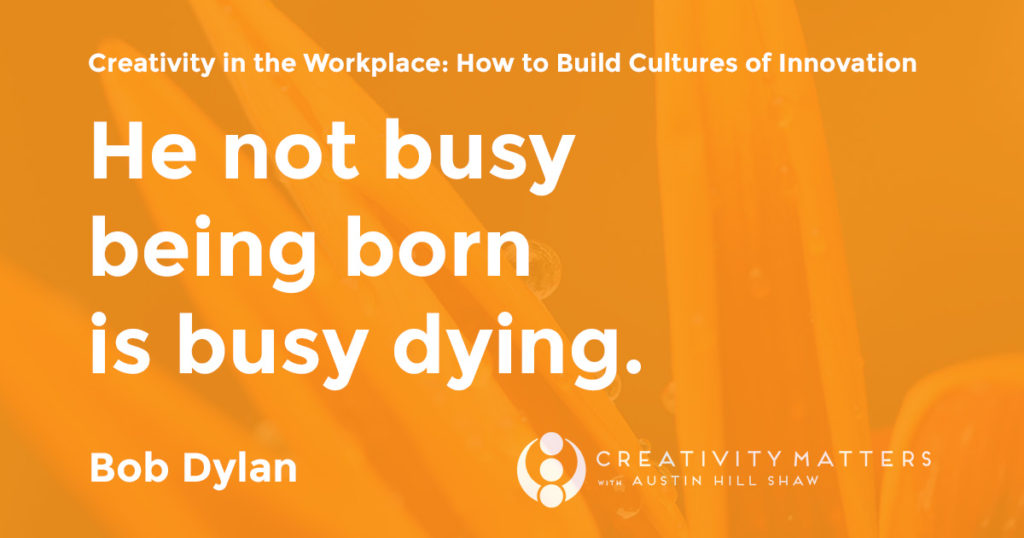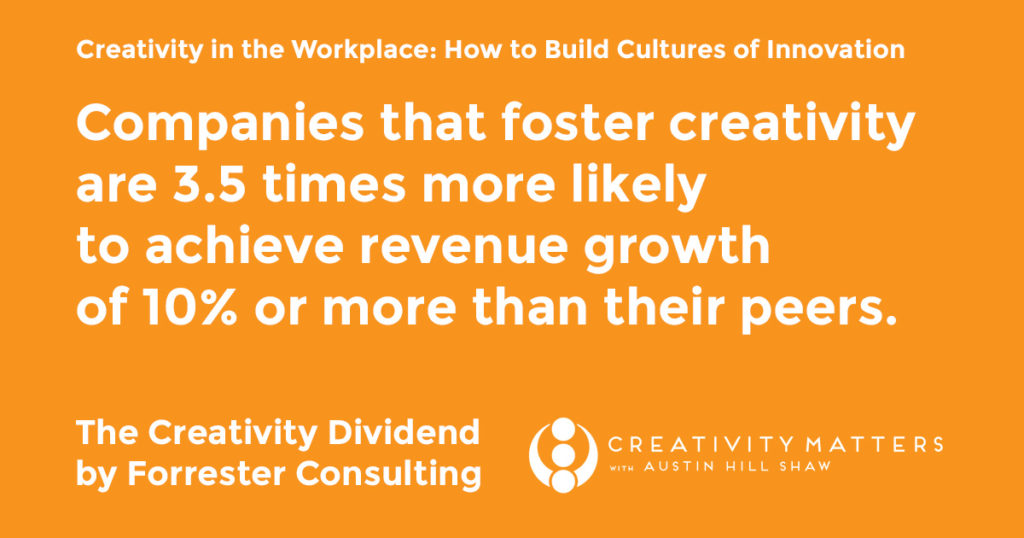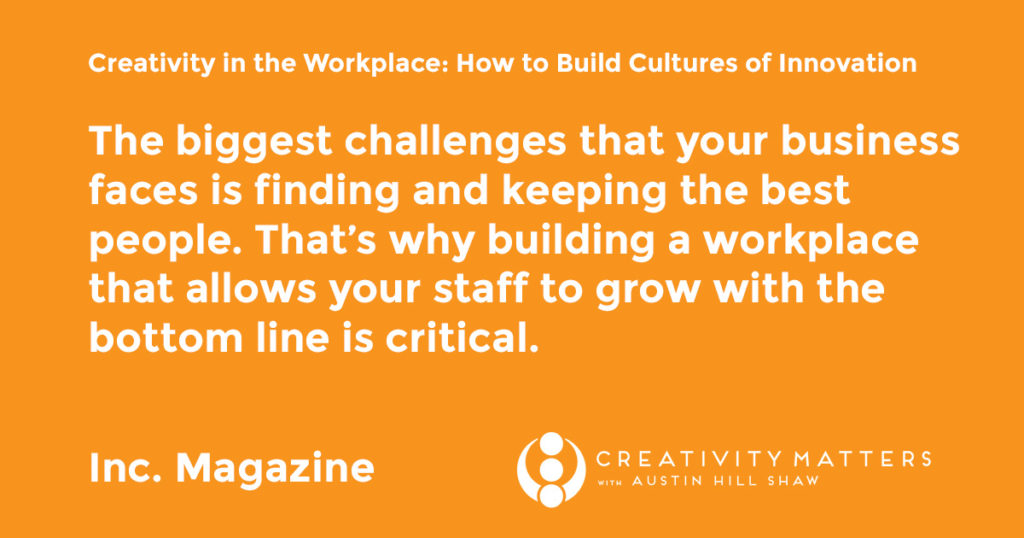Now accepting applications for this year’s annual Healing and Self-Expression Retreat in the Sacred Valley and Machu Picchu, Peru. (Each retreat limited to 10 participants only)
In life and in business, growth is essential: if we’re not growing, we’re contracting. Organizations need to understand, though, it’s not just the bottom line that needs to grow, but the people in that organization, too.
Creative companies such a Google, 3M, and Pixar are consistently in the process of growing, of being born, not as the companies they were the day before, but as expressions of the curiosity, imaginations, and drive of their valued team members intersecting an alive, vibrant, ever-changing marketplace.

Growth as a life enriching experience
One of the most famous poets, troubadours, singers of our time, Bob Dylan, had this to say on growth:
“He not busy being born is busy dying.”
I know that this is a bit of a heavy way of looking at growth. But I think is absolutely true: If you look at your own life in terms of what brings you true fulfillment, it’s growth and expansion, that sense of moving out of your comfort zone and learning something new.
And the opposite is also true. You don’t feel particularly alive when your contracting from the world: When you feel depressed, when you feel stuck, when you feel like you just can’t move through something.
It’s the difference between that sense of living and the sense of dying. Creativity, then, as a way living, is a means for growing in each and every moment. And when we feel ourselves growing, we feel more alive
In the workplace, the two main ways to grow in the workplace are 1) financially and 2) culturally. Recent research shows that creativity can grow the bottom line. And, creativity as a company value can also help each valued member of an organization grow as a human being.

Does embracing creativity in the workplace contribute to financial growth?
Let’s start with the bottom line. Not too long ago, Adobe Corporation commissioned Forrester consulting to study the impact that fostering creativity has on companies, a report called “The Creativity Dividend”.
Here’s the essence of what they discovered:
“Creativity drives business results.”
More specifically they noted that, “companies that embrace creativity outperform rivals and revenue growth and market share” and more specifically, “companies that foster creativity are 3.5 times more likely to obtain revenue growth of 10% or more than their peers.”
But that’s not all.
The study concluded that “companies that embrace creativity enjoy greater market share and competitive leadership, outnumbering their fellow industry counterparts by 1.5 to 1”
From Forrester’s research, what we can start to see is that companies that embrace creativity take on leadership roles within the industry, which makes all the sense in the world.
Here’s why. If you take on creativity as a company value, not only are people more able to adapt to change, but to thrive in it, coming up with new and innovative solutions, which ultimately can bring them to the top of their industry.

How does creativity help to grow an organization’s culture?
Let’s now look at the more internal side of creativity.
Recently, Inc. Magazine came out with the “50 Best Places to Work” issue. The opening article had to say this:
“The biggest challenges that your business faces is finding and keeping the best people. That’s why building a workplace culture that allows your staff to grow with the bottom line is critical.”
In the short term, you may be able to grow your company gangbusters without actually promoting the needs of your valued members.
But overtime, if you don’t actively create a culture that fosters growth, which allows everyone, including individuals, and teams, and divisions, to grow over time, folks will start to feel a sense of stagnation, and, ultimately they’re going to leave.

Since human beings have an innate desire to make a difference (which is the active pole of creativity, what I call “manifestation”), we have an innate desire to grow and to change and to morph and transform. As Bob Dylan reminds us again, “He not busy being born is busy dying.”
Those companies that neglect the growth of their valued team members to the bottom line don’t perform well in the long run.
So again, in considering the relationship between growth and creativity, we need to consider both bottom line but also that we can do to grow the people that work for that organization, including growing their ability to feel more empowered in what they do, more connected to their teammates, and bring them a bigger sense of meaning regarding how their work is actually impacting the world at large.
About the presenter
Austin Hill Shaw is the founder of Creativity Matters and author of The Shoreline of Wonder: On Being Creative. He works with individuals who want to unlock their full creative potential and organizations that want to build cultures of innovation. www.austinhillshaw.com